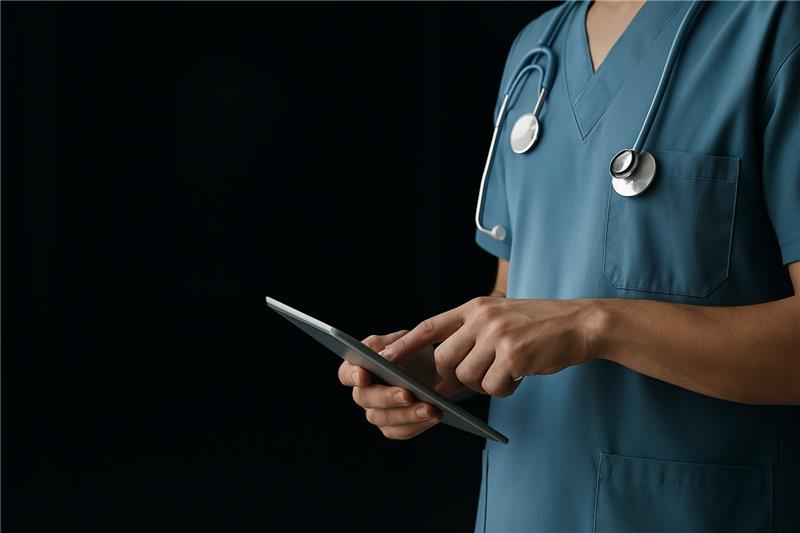
Breathing Innovation: Strategic Insights into the Medical Humidifier
Introduction: A Market Quietly Driving Respiratory Innovation
In a healthcare landscape increasingly shaped by innovation, the medical humidifier market is emerging as a pivotal segment supporting a wide range of respiratory care applications. While not always in the spotlight, medical humidifiers are essential for ensuring patient comfort, safety, and treatment efficacy—particularly in intensive care units, surgical suites, and home care settings. As global demand for respiratory support grows, this market is witnessing a significant transformation, driven by technology integration, personalized care, and the need for scalable solutions.
Market Dynamics: Shifting Paradigms in Respiratory Therapy
Several macro-level factors are propelling the medical humidifier market forward:
- Rising Incidence of Respiratory Disorders: Chronic conditions such as COPD, asthma, and obstructive sleep apnea are growing globally, increasing the demand for consistent respiratory support.
- Expanding Use in Critical Care Settings: Mechanical ventilation and high-flow oxygen therapies require precise humidification to protect airway integrity and enhance patient outcomes.
- Home Healthcare Boom: The shift toward decentralized care is fueling demand for portable, smart humidifiers compatible with home-based respiratory devices.
- Technological Advancements: From smart sensors to IoT-enabled monitoring, medical humidifiers are becoming smarter, more adaptable, and more energy-efficient.
These developments are not only shaping clinical protocols but are also opening new avenues for commercialization and scale.
Strategic Applications: Where the Market Meets Real-World Value
1. Hospital and ICU Integration
Medical humidifiers play a critical role in ventilator-associated care. Ensuring optimal humidification of gases prevents mucosal damage, reduces infection risks, and improves patient comfort. Hospitals are now moving toward integrated respiratory ecosystems, where humidifiers are synchronized with ventilation systems and monitored digitally.
Opportunity: Companies that provide plug-and-play solutions with interoperability and remote tracking features can capitalize on institutional contracts.
2. Home-Based Respiratory Care
The decentralization of healthcare is rapidly increasing the need for compact and intuitive humidification systems. Devices used in CPAP/BiPAP therapy, oxygen concentrators, and nebulizers now come with built-in humidifiers or accessories that enhance usability and patient adherence.
Opportunity: There's significant room for D2B partnerships with home care providers and insurers looking to reduce hospital readmissions.
3. Aging Population & Long-Term Care
Elderly patients often require prolonged respiratory support due to compromised lung function. Medical humidifiers designed for long-term use—with minimal maintenance and real-time performance monitoring—are becoming critical in nursing homes and rehabilitation centers.
Opportunity: Manufacturers and healthcare facility operators can explore subscription-based delivery models and maintenance contracts tailored to this demographic.
4. Emergency & Transport Applications
Field hospitals, ambulances, and military healthcare units demand rugged, lightweight humidifiers that function reliably under challenging conditions. As global disaster response systems become more proactive, the need for scalable respiratory support is growing.
Opportunity: Innovators in mobile medical devices can embed humidification solutions into modular emergency care units.
Technology Transformation: The Rise of Intelligent Humidification
The medical humidifier market is undergoing a digital renaissance. Smart sensors, AI-based algorithms, and IoT connectivity are enhancing the performance, accuracy, and safety of these devices. Key advancements include:
- Automated Humidity Regulation: Systems can now detect ambient conditions and patient flow rate to adjust humidification in real-time.
- Remote Monitoring Dashboards: Clinicians and caregivers can monitor device function and patient compliance from a centralized interface.
- Energy-Efficient Designs: Innovations in heating elements and insulation materials are reducing power consumption without compromising performance.
These enhancements align well with the broader digitization of healthcare, providing compelling integration opportunities across clinical and at-home settings.
Regulatory Considerations: Meeting Safety and Compliance Benchmarks
For manufacturers and suppliers, regulatory compliance remains central to market access. From ISO standards to FDA and CE marking, humidifiers must meet strict criteria around:
- Temperature control
- Water purity and filtration
- Alarm systems and fail-safes
- Infection control mechanisms
Moreover, as software becomes embedded in these devices, compliance with cybersecurity and data privacy regulations (e.g., HIPAA, MDR) will be crucial.
Strategic Insight: Organizations investing early in regulatory-tech integrations can accelerate time-to-market and differentiate themselves in quality-focused procurement environments.
Market Outlook: From Product to Platform
The future of the medical humidifier market lies in platform thinking. Rather than standalone devices, humidification will increasingly be offered as part of a broader respiratory care suite—connected to analytics, personalized treatment planning, and remote diagnostics.
Expected Trends:
- Subscription-based models for consumables and maintenance
- Cloud-connected humidifiers with predictive analytics
- Integration with wearables for proactive health management
- Green design initiatives in line with hospital sustainability goals
Forecasts suggest continued market expansion, driven by both emerging markets with rising respiratory needs and mature markets pushing for innovation and patient-centric solutions.
Business Opportunities: Positioning for Market Leadership
OEM Partnerships
Collaborate with respiratory equipment manufacturers to integrate or co-brand humidification units.
Smart Healthcare Ecosystem Integration
Develop APIs and software layers that allow humidifiers to plug into hospital and home monitoring systems.
Aftermarket Services
Launch service models that include filter replacements, sterilization kits, and device diagnostics—ensuring recurring revenue.
Education & Training Platforms
Offer digital onboarding for clinicians and caregivers, enhancing product adoption and reducing misuse.
Conclusion: Strategic Breathing Room in Healthcare Innovation
As respiratory care continues to be a frontline priority, the medical humidifier market is gaining momentum as a catalyst for safer, more effective, and more personalized therapies. For C-level executives, investors, and healthcare technology leaders, this space represents more than just a device category—it’s a gateway into high-impact respiratory care transformation.
Companies that combine technical innovation, regulatory foresight, and ecosystem thinking will not only capture market share but will also shape how respiratory health is delivered in the years ahead.
80% of the Forbes Global 2000 B2B companies rely on MarketsandMarkets to identify growth opportunities in emerging technologies and use cases that will have a positive revenue impact.
- Leading Automated Guided Vehicle Companies 2024: An In-depth Analysis
- CHARGED UP: SHIFT TO E-MOBILITY AND THE EVOLUTION OF TRANSPORTATION
- Global Automotive Market: Predictions For 2024
- Revolutionizing Depot Charging: Hockey Stick Growth on the Cards
- The Future of Silicon Battery Industry: Innovations and Market Outlook


